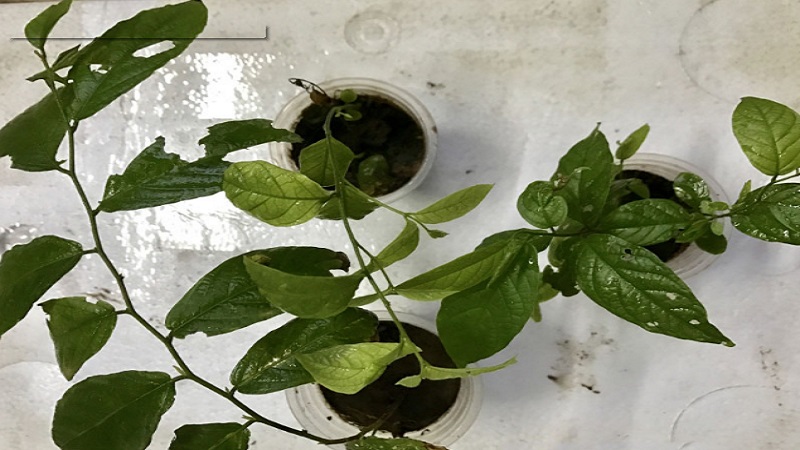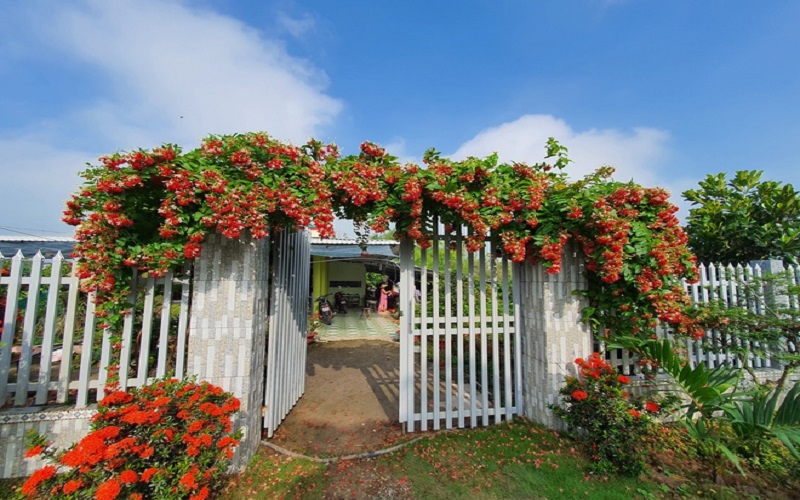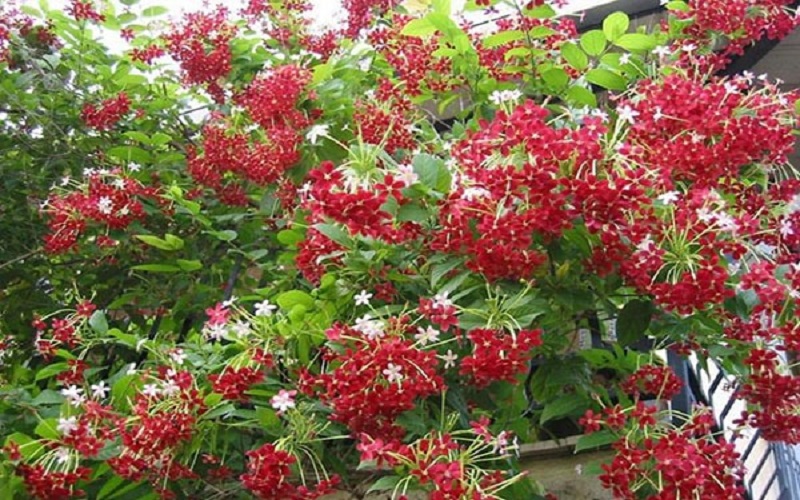The Plumeria, or Frangipani, is a beautiful and graceful flowering plant native to tropical regions of Asia and Africa. Its enchanting beauty and elegant fragrance have captivated many, and its ease of cultivation makes it a popular choice for gardeners and flower enthusiasts alike. Let’s explore the art of cultivating and caring for this exquisite flower.
1 What You’ll Need
For planting, you can utilize trays, plastic crates, or any available garden space you have. Ensure you have the following:
Soil: Prepare a nutritious soil mix by combining garden soil with well-aged cow manure, worm castings, rice husks, coconut coir, peat moss, and organic compost. Alternatively, you can purchase ready-made potting soil.
Seeds or Cuttings: You can choose to grow your Plumeria from seeds or propagate it through cuttings. Seeds will take longer to produce flowers, while cuttings will yield faster results.
2 Planting Methods
Seed Planting: Soak the seeds in warm water for about 6 hours before planting. Then, gently sow them into moist soil and cover with a thin layer of soil. Use a gentle spray to water the seeds.
Cuttings: Select healthy, robust branches for your cuttings. Cut segments about 20cm in length and soak them in water for 20 minutes. Then, plant the cuttings at an angle in your garden bed or along a fence line. Keep the soil moist to encourage root development. Within 10 days, your cuttings should take root and begin to sprout.
 Frangipani cuttings
Frangipani cuttings
3 Blooming Beauty
The time it takes for your Plumeria to bloom depends on your planting method. If you’ve planted from seeds, expect to wait about two years for the first flowers. However, if you’ve chosen the cutting method, you’ll be delighted to see blooms within a year of planting.
The flowers of the Plumeria are a stunning sight, with hues of red and pink, and a delicate, sweet fragrance. This plant is ideal for creating enchanting arbors or decorative fences, adding a touch of tropical elegance to your home.
 Frangipani arbor
Frangipani arbor
4 Care Instructions
Plumeria thrives in sunny locations with ample natural light and good air circulation. During the dry season, remember to water regularly to keep the soil moist. In the rainy season, ensure proper drainage to prevent root rot. In addition to fertilizing and watering, weeding is essential for the health of your plant.
Begin fertilizing your Plumeria 20 days after planting with organic fertilizer. Continue fertilizing monthly. As the flowers bloom at the tips of the branches and in the leaf axils, regular pruning is necessary to encourage bushier growth and more flowers.
 Frangipani flowers
Frangipani flowers
We hope you found this guide helpful and that your Frangipani flourishes under your care.
Is it Good to Grow Adenium Plants in Front of the House?
Plumeria is a versatile plant that is prized for its beautiful flowers, which can add a touch of tropical flair to any garden. Its easy-care nature and adaptability to various climates make it a popular choice for gardeners of all levels. Beyond its aesthetic appeal, plumeria also holds cultural and spiritual significance, making it a meaningful addition to any landscape.
The Surprising Benefits and Cultural Significance of Growing Gardenia: A Step-by-Step Guide
The frangipani, or Plumeria, is an iconic and beloved ornamental tree in Vietnam, renowned for its exquisite beauty and delicate fragrance. Its popularity extends far beyond the borders of Vietnam, with its graceful presence adorning gardens and landscapes worldwide. But there’s more to this enchanting tree than meets the eye. From its intricate cultural significance to its versatile practical applications, the frangipani holds a special place in the hearts of many. So, join us as we delve into the captivating world of the frangipani, exploring the secrets of its cultivation, the depth of its symbolic meaning, and the fascinating array of purposes it serves.




































